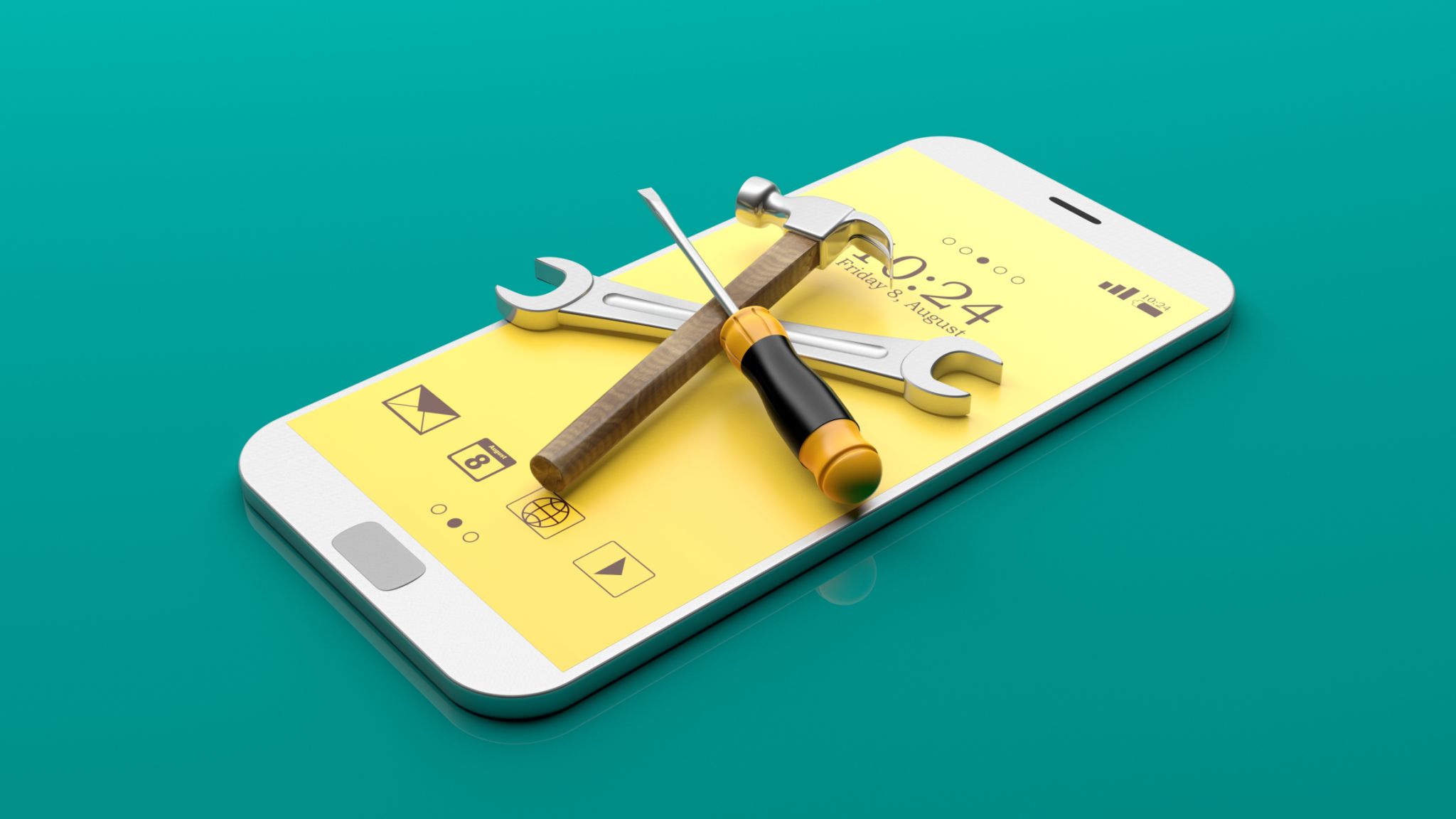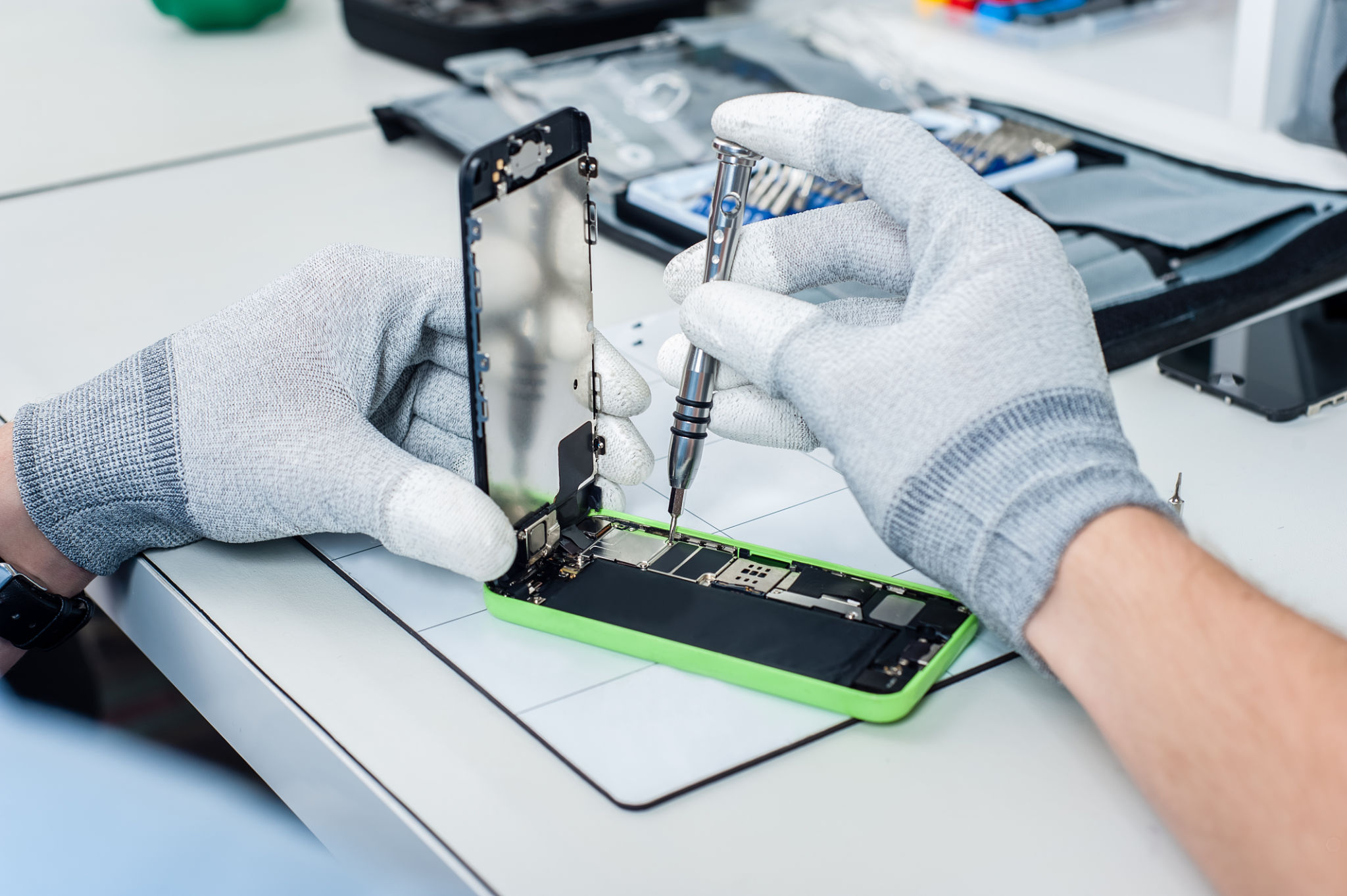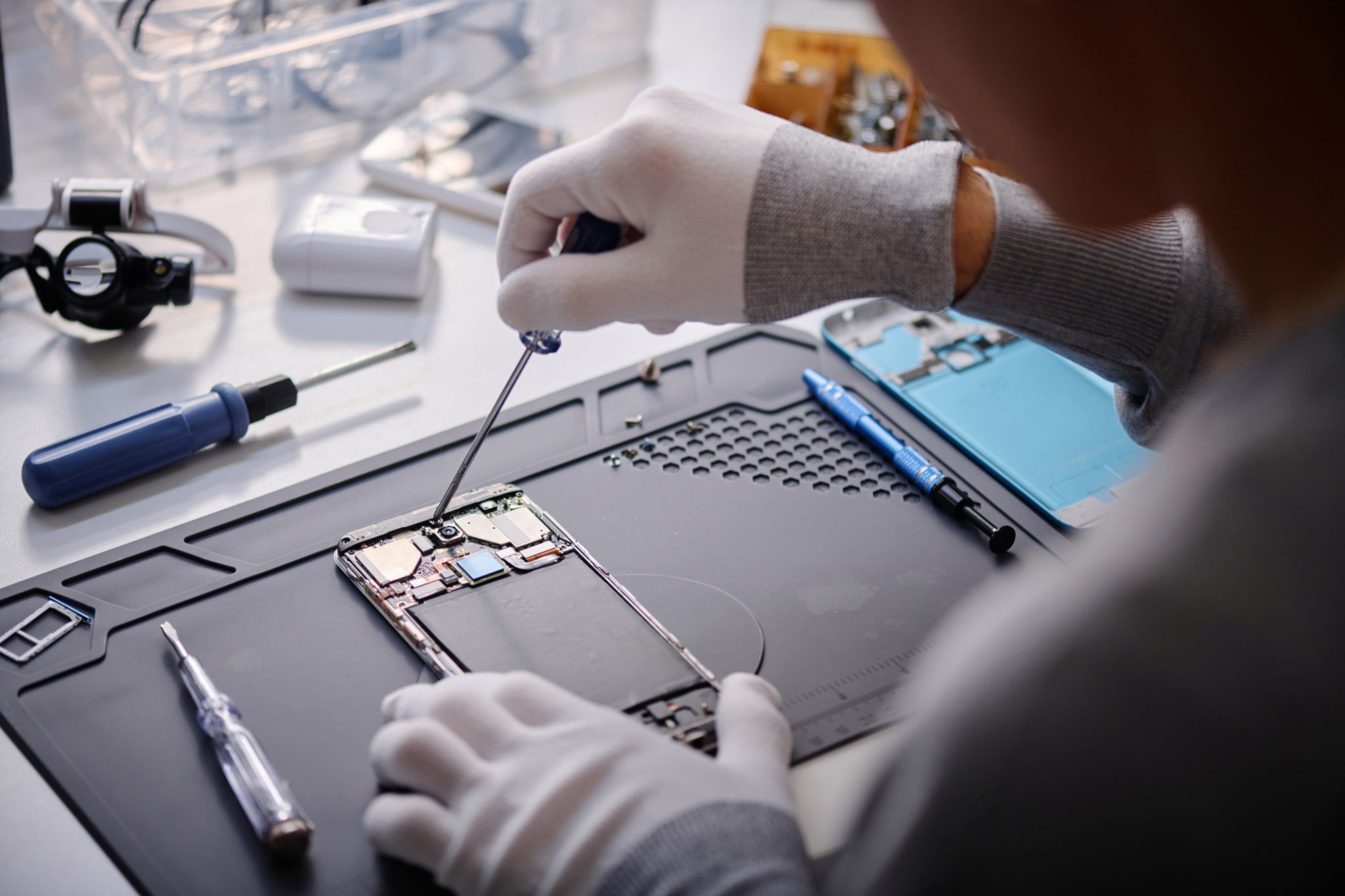DIY Phone Repair: What You Can Fix and When to Call a Professional
MA
Understanding DIY Phone Repair
With smartphones becoming an integral part of our daily lives, it's no surprise that many people are turning to DIY repair for their devices. Learning to fix minor issues on your phone can save you time and money. However, it's crucial to understand what you can realistically handle and when it's best to seek professional help.

Common DIY Repairs
There are several phone issues that you can tackle on your own with a little bit of patience and the right tools. Some common DIY repairs include:
- Replacing a cracked screen protector: If your screen protector is cracked, it's a straightforward process to remove it and apply a new one.
- Battery replacement: For older models, changing the battery can be as simple as removing a few screws.
- Cleaning charging ports: Dust and debris can accumulate in charging ports, causing connectivity issues. A gentle clean with a toothpick or compressed air can often resolve the problem.
Tools You Might Need
Before you start any repair, it's essential to have the right tools. Basic tools for DIY phone repair include:
- A small screwdriver set
- Pry tools for opening the phone casing
- A suction cup for screen removal
- Tweezers for handling tiny components

When to Call a Professional
While DIY repairs can be appealing, there are certain instances where professional help is recommended. Attempting complex repairs without the necessary expertise can lead to further damage.
Complex Repairs
Some repairs require specialized knowledge and equipment that most people don't have access to. These include:
- Screen replacement: While replacing a screen might seem simple, it often involves delicate components that can be easily damaged.
- Water damage repair: Corrosion from water damage can be unpredictable and requires professional tools to address effectively.
- Internal component repair: Fixing or replacing internal components like the motherboard is complex and should be left to professionals.

The Risks of DIY
Before embarking on a DIY repair, consider the risks involved. Warranty voids, further damage, and safety hazards are all potential issues when attempting complex repairs without adequate knowledge.
If you're unsure about your ability to complete a repair, it's often more cost-effective in the long run to seek professional assistance. This not only ensures the job is done correctly but also provides peace of mind knowing your device is in experienced hands.
Conclusion
DIY phone repair can be a satisfying and economical solution for minor issues, but it's crucial to recognize your limits. Understanding when to tackle a problem yourself and when to call a professional can save you from costly mistakes. Always weigh the risks and benefits before proceeding with any repair to ensure the longevity and functionality of your device.